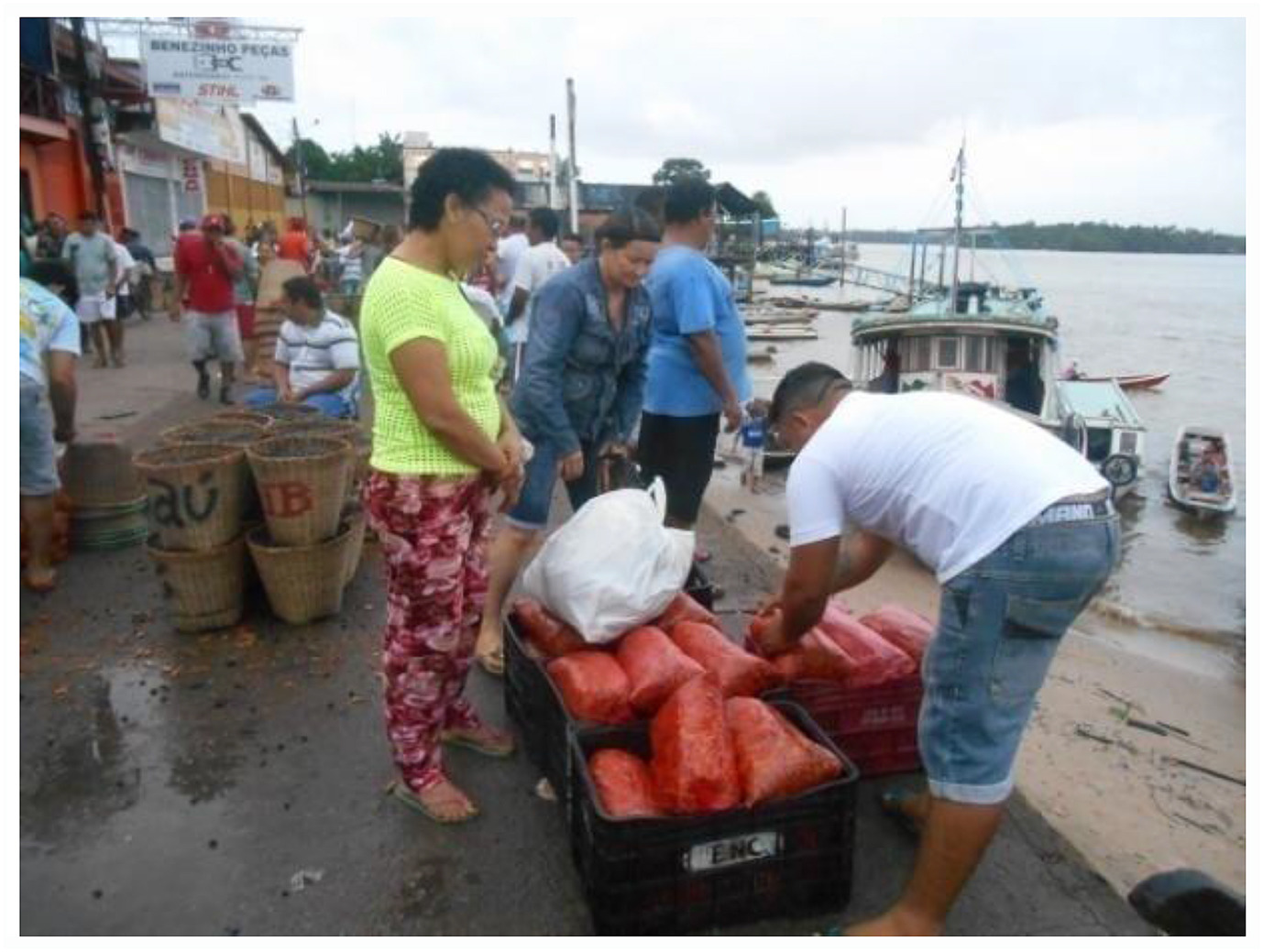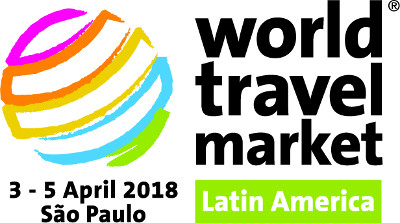Background: Concurrent psychosocial problems may synergistically increase the risk of HIV infection (syndemics), representing a challenge for prevention. We aimed to evaluate the prevalence and associated factors of syndemics among men who have sex with men (MSM) and transgender women (TGW) enrolled in the Brazilian pre-exposure prophylaxis demonstration study (PrEP Brasil Study). Methods: Secondary cross-sectional analysis of the PrEP Brasil Study was performed.
The authors examine the ways in which miriti fruits are harvested, traded and consumed, and highlight the social and economic benefits that they bring to local communities.
WTM Latin America is the three day must-attend business-to-business (B2B) event which brings the world to Latin America and promotes Latin America to the world. Through its industry networks, unrivalled global reach, WTM Latin America creates personal and business opportunities, providing customers with quality contacts, content and communities. Tourism is mentioned specifically in three of the SDGs: 8, 12 and 14. A responsible tourism seminar was part of the events programme in 2017 and two panellists explored what the idea of sustainability means for tourism and tourism businesses.
Programs to keep young women in school across the developing world have become widespread. Education is key to improving their quality of life, but keeping them in school is a significant challenge. This article examines a scholarship program that provides 25 days of intensive leadership training for young indigenous women using a peer tutorial system. The program offers a unique experience, a variety of practical training, opportunities for personal growth, and evidence of empowerment.
This paper reviews the Brazilian experience with support mechanisms to promote renewable energy generation, from feed-in tariffs in the early 2000 s to the current auction process, with a focus on wind energy generation. Brazil's original and innovative approach includes investment coordination mechanisms that have reduced risks enough to make wind energy a viable option.
Ethnopharmacological relevance In the Peruvian Amazon, the use of medicinal plants is a common practice. However, there is few documented information about the practical aspects of their use and few scientific validation. The starting point for this work was a set of interviews of people living in rural communities from the Peruvian Amazon about their uses of plants. Protozoan diseases are a public health issue in the Amazonian communities, who partly cope with it by using traditional remedies.
Furthering SDGs 8 and 17, this report explores partnerships and progress towards the 2030 Agenda for Sustainable Development by the business community in Latin America and the Caribbean. It includes key findings from a report by the Economic Commission for Latin America and the Caribbean, as well as data from participants of the UN Global Compact.
The Brazilian Amazon is being affected by the new worldwide geopolitical transformation that is tending towards an integrated global economy. In the region environmental considerations have not been adequately incorporated into long-term land use planning and this failure has partly been due to the complexities of the country's existing inter-sectorial institutional arrangements. In this paper, we briefly explore two distinct economic development phases that have been reshaping Amazonian landscapes since the 1990s.
Neurochemical Aspects of Alzheimer's Disease Risk Factors, Pathogenesis, Biomarkers, and Potential Treatment Strategies, 2017, Pages 47-91
This book chapter advances SDG #3 and #10 by reviewing the risk factors for Alzheimer’s Disease, including normal aging, diet, sedentary lifestyle, sleep disturbances, genes [amyloid precursor protein (APP), presenilin 1 (PSEN1), PSEN2, and APOE], environmental factors, and epigenetic factors.



